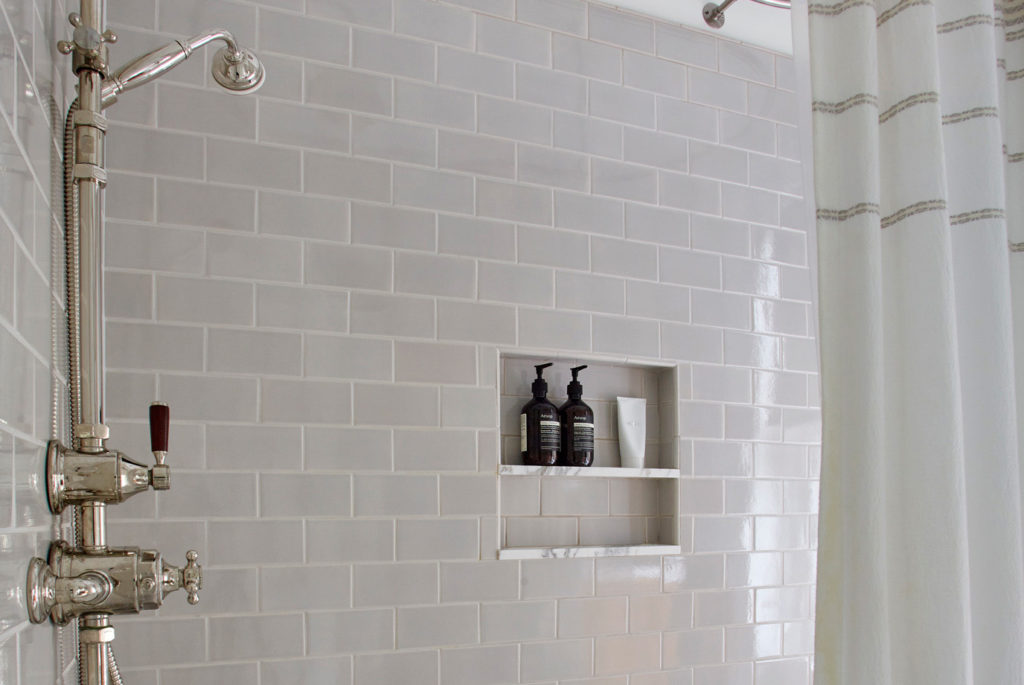
Keeping Bathroom Mold & Mildew Away
The Elves expert tip for getting rid of mold and mildew.
The problem of mold and discoloration of bathroom grout is universal among New York City dwellers. The main culprits are moisture and the porous surfaces that hold on to that moisture. Grout, that ubiquitous filler sealing up the spaces between your bathroom tiles, is particularly porous and prone to mold growth.

Prevention is key!
Reduce the ability of mold to take hold and grow. Increase airflow by keeping a window open and keep bathroom vents clean. If you have a vented fan, be sure to use it.
Dry wet surfaces after every use. Run a squeegee across flat glass and tile, then use a clean dry rag to run along the grout and caulking lines. (Makes regular cleaning easier, too!)
What to do if you see mold!
- If you do observe dreaded mold and mildew, address it quickly before it takes hold and grows. White vinegar is a powerful, economical and eco-friendly mold buster. Apply it full strength. You can even fill a clean spray bottle with vinegar to make applying it easier. Then let it sit for an hour or two. (Be sure to ventilate the space.)
- Brush gently with a soft brush, like a toothbrush. (Use gloves and a mask to protect your skin and airways from mold spores.) Rinse thoroughly and dry.
- For stubborn, residual mold stains apply a baking soda paste with a few drops of bleach and scrub gently. Important: Never mix bleach and vinegar! Do not use bleach if your grout is colored! Even better, do a color test in an out of sight spot before using bleach.
- To prolong the results of your cleaning and prevent mold regrowth, have your grout and caulking resealed every 6 to 12 months.
Bonus Tip: To help protect from stains on surfaces, be sure to regularly seal porous stone and tile in both the kitchen and bath.
Need help? New York’s Little Elvesis always here for you!